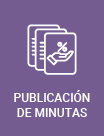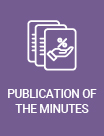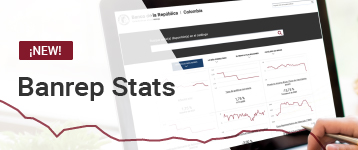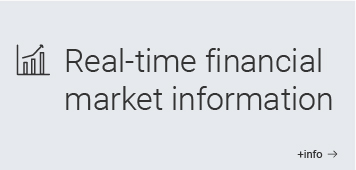Electronic payments and cash usage in the colombian retail sector 2020
The series Borradores de Economía (Working Papers on Economics) contributes to the dissemination and promotion of the work by researchers from the institution. On multiple occasions, these works have been the result of collaborative work with individuals from other national or international institutions. This series is indexed at Research Papers in Economics (RePEc). The opinions contained in this document are the sole responsibility of the author and do not commit Banco de la República or its Board of Directors.
Abstract
To study the recent dynamics of electronic payments in Colombia, Banco de la República carried out in 2020 a survey of the commerce sector on acceptance and usage of different payment instruments. The survey reveals merchants´ high levels of acceptance of electronic payment instruments compared to previous studies, reaching 50% of the businesses surveyed. Overcoming informality barriers stands out, since one out of every two informal businesses now accept electronic payments. Given the context in which the survey was carried out, it included a set of questions related to the COVID-19 pandemic. The results show that the pandemic has favored the adoption of electronic instruments and channels by merchants, facilitating customer payments, especially remote ones. Despite the increasing availability and acceptance of electronic payment instruments and channels, cash continues to dominate merchants´ sales, mainly due to the low use of electronic payment methods by consumers. On the other hand, the surveyed businesses reported that 77% of their operating expenses are made in cash and that bank transfers dominate their electronic payments. Micro-businesses have the greatest dependence on cash (95.7%) for their operational expenses like payroll. The results indicate that electronic payments remain low, despite the growing adoption of electronic payment services by merchants.














.png)

































